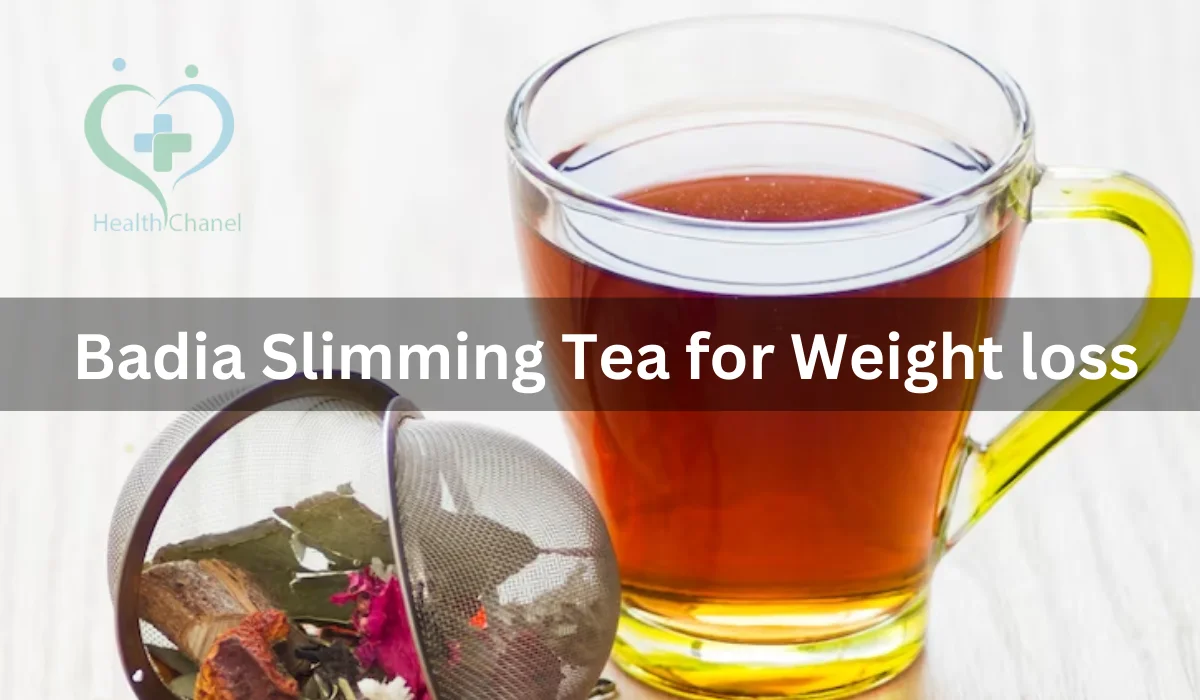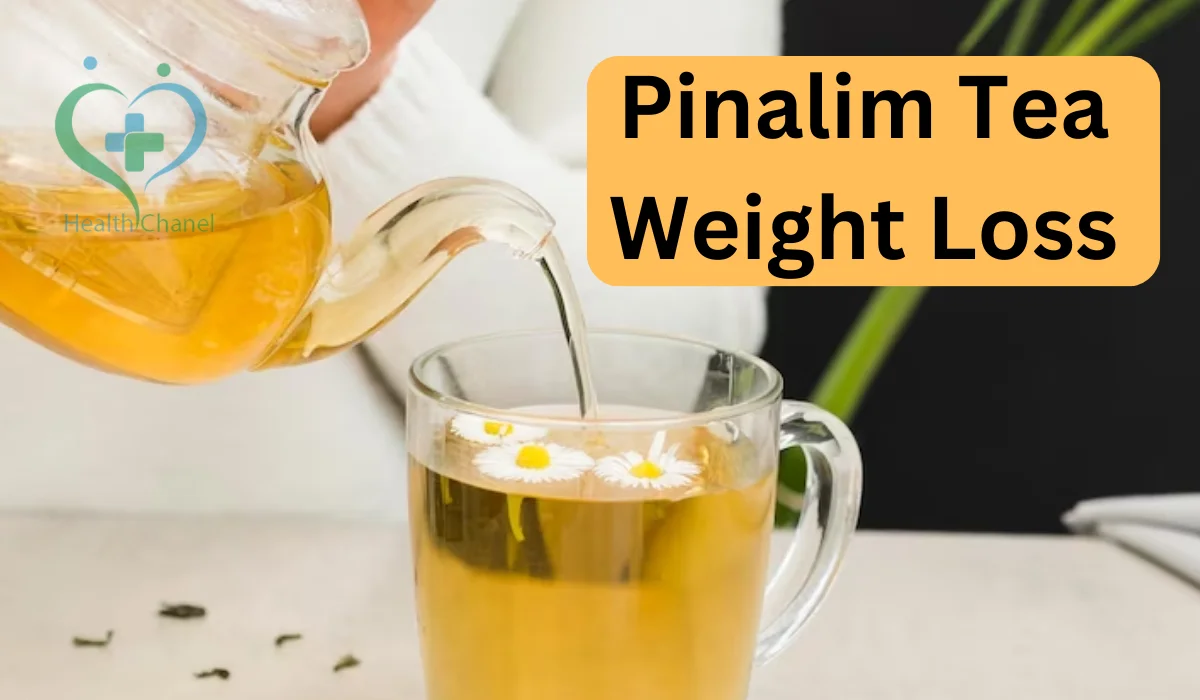In the quest for natural weight loss solutions, Chupa Panza Tea has emerged as a popular option for those looking to shed belly fat. This herbal detox tea combines a blend of ingredients like ginger, pineapple, cinnamon, and flaxseed, each known for its health benefits. Marketed as a natural belly fat burner, it has gained attention for promoting weight loss, improving digestion, and boosting metabolism. But does Chupa Panza Tea work? Let’s delve into its ingredients, benefits, and whether it lives up to the hype.
What Is Chupa Panza Tea?
The name Chupa Panza translates to “belly sucker,” and the natural detox tea is designed to target weight loss, particularly around the abdominal area. Its unique formula focuses on detoxifying the body, supporting digestion, and curbing appetite. The tea is made from natural ingredients, making it a healthier alternative to chemical-based weight loss products.
Key ingredients include:
- Ginger: A natural anti-inflammatory that boosts metabolism and reduces bloating.
- Pineapple: Rich in bromelain, which aids in protein digestion and reduces inflammation.
- Cinnamon: Helps stabilize blood sugar levels, reducing cravings and improving metabolism.
- Flaxseed: High in fibre, promoting satiety and supporting digestive health.

How Does Chupa Panza Tea Work?
Chupa Panza Tea(weight loss detox solution) works by targeting multiple aspects of weight loss. Its ingredients combine to detoxify the body, suppress appetite, and enhance metabolism:
Detoxification:
Ginger and pineapple flush out toxins, promoting a healthy gut and reducing bloating.
Metabolism Boost:
Cinnamon helps the body burn calories more efficiently.
Appetite Suppression:
Flaxseed and cinnamon create a feeling of fullness, preventing overeating.
Digestive Support:
The tea improves nutrient absorption and reduces constipation, both essential for sustainable weight loss.
While the tea can aid weight loss, it is not a magic solution. Pairing it with healthy lifestyle habits is crucial for achieving significant results.
What are the Benefits of Chupa Panza Tea?
Improved Digestion:
Ingredients like ginger and pineapple support a healthy gut, reducing discomfort and bloating.
Craving Control:
Cinnamon stabilizes blood sugar, preventing sudden hunger pangs.
Natural Detox:
The tea eliminates toxins, leaving you feeling energized and refreshed.
Weight Loss Support:
By boosting metabolism and suppressing appetite, it complements a weight loss routine.
Simple to Use:
It only requires steeping a tea bag in hot water for a convenient health boost.
Does Chupa Panza Tea Work for Everyone?
The effectiveness of Chupa Panza Herbal Tea for Weight Loss depends largely on individual habits. Drinking the tea alone without addressing poor eating habits or inactivity may not yield noticeable results. However, when combined with a balanced diet and regular exercise, it can be an effective tool for supporting weight loss.

How to Use Chupa Panza Tea?
- Stick to the recommended dosage of one cup per day.
- Pair the tea with a healthy diet rich in fruits, vegetables, and lean proteins.
- Engage in regular exercise to maximize its benefits.
- Stay hydrated to support the detox process and avoid dehydration.
What are the Potential Side Effects of Chupa Panza Tea?
Though made from natural ingredients, Chupa Panza Tea may cause side effects in some individuals, such as bloating, frequent urination, or allergic reactions. Always consult a healthcare professional before starting a new weight loss product.
Conclusion
Chupa Panza Tea is a promising addition to any weight loss routine, offering natural detoxification, appetite suppression, and digestive support. While it’s not a standalone solution, combining it with a healthy lifestyle can help you achieve your weight loss goals. If you’re ready to try this belly fat burner, make sure to pair it with a balanced diet and regular exercise for the best results. Always listen to your body and consult a doctor if needed.
By understanding its benefits and using it effectively, you can determine if Chupa Panza Tea is the right choice for your weight loss journey.



